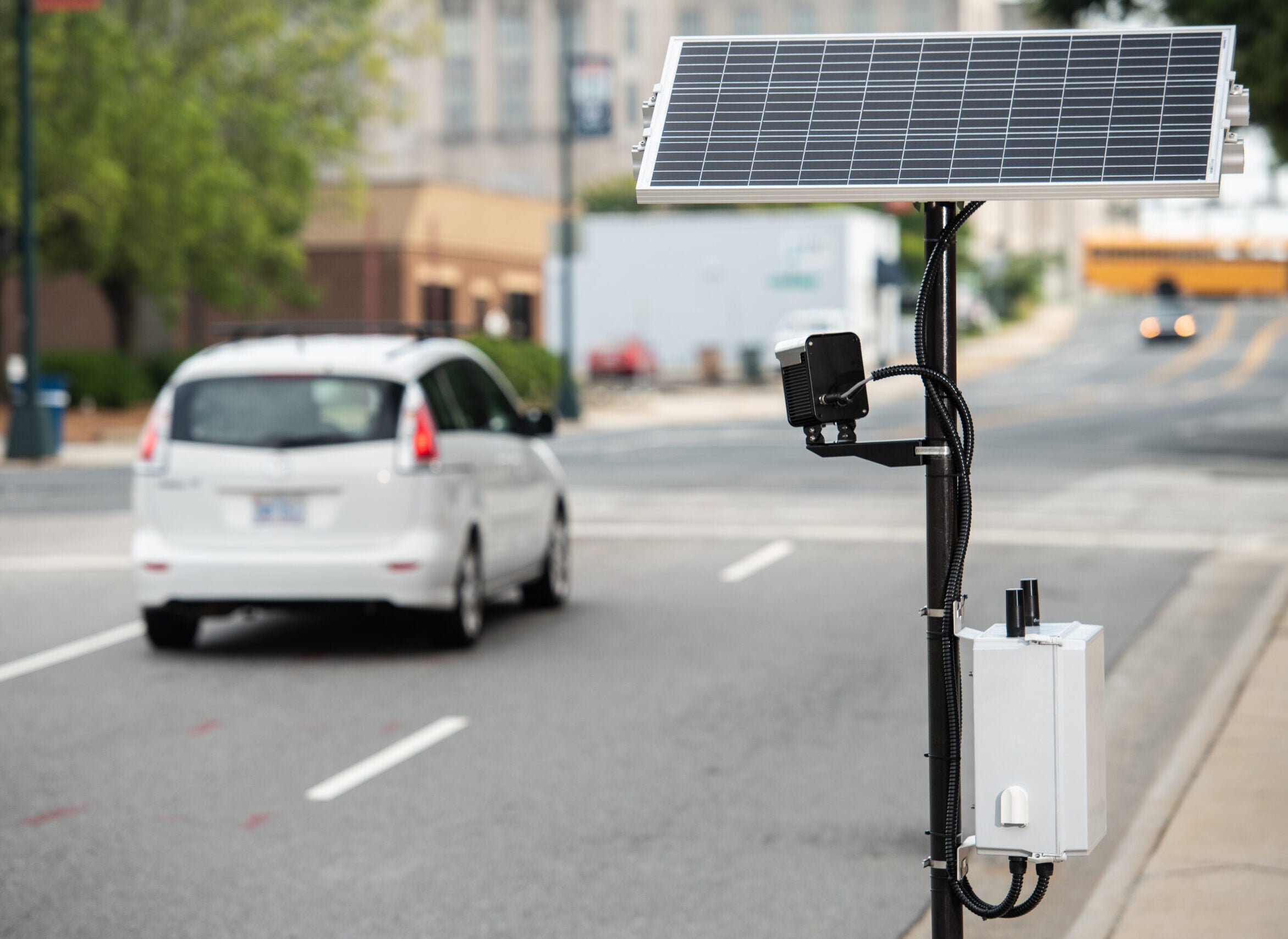
Automatic license plate recognition (ALPR) has become a staple technology for law enforcement and traffic management purposes. Using high-speed, computer-controlled camera systems, license plate readers (LPRs) capture plates continuously and automatically as vehicles drive by. Smart software instantly translates images into text and compares the results against ‘hotlist’ databases of suspect plates, providing officers with real-time alerts as soon as a match is identified.
This information can be used by the agency to recover stolen vehicles, find missing persons, identify traffic infractions, and police other criminality that may involve a vehicle – quickly, accurately, and efficiently.
Mobile or fixed?
As an increasing number of agencies embrace the powerful technology, one of the first questions they have is whether to purchase a fixed or mobile automatic license plate recognition system. Mobile cameras are generally the more affordable and easily deployed option. They can be quickly secured on top of police patrol vehicles to record the plate of any vehicle that passes by, with the downside being that data collection is limited to times when that vehicle is on duty. Another option is a semi-mobile system, such as the use of radar trailers parked along streets with a plate reader enclosed within.
For round-the-clock ALPR, agencies can opt for fixed plate readers installed in stationary locations such as overpasses or traffic signal poles. Wherever there is a high-traffic junction or throughway, there is an ideal location to install a fixed LPR system.
Fixed cameras act as true force-multipliers, recording every license plate in that location, 24/7. Infrastructure requirements can be a problem for smaller agencies operating in more remote, rural settings, however. The challenge is that not only do they need to identify the right location to fix the camera, they also need to handle the routing of power to the installation site.
According to Bernie Howe, vice president of engineering for Leonardo ELSAG, this can be a stumbling block for some agencies. “When you’re doing a permanent install with fixed cameras, you have to route power to wherever it is you want the camera to be. Sometimes that can be more expensive to do than purchasing the camera initially,” he notes.
Lower acquisition prices, reduced installation costs, and increased flexibility have all combined to make mobile systems the go-to option for smaller agencies in the past. Now, following recent innovations in the ALPR industry, that could be set to change.
ELSAG Street Sentry, a low-cost fixed automatic license plate recognition solution
In October 2021, leading ALPR company Leonardo launched its latest ELSAG innovation, Street Sentry – a compact, solar-powered license plate reader designed for city and neighborhood streets. Motivating the company was the strong belief that, no matter the size of a customer’s budget, smaller agencies and more remote neighborhoods should be able to benefit from reliable, nonstop license plate reading.
Built on the company’s 20 years of experience in the automatic license plate recognition market, Street Sentry is the first solar-powered license plate reader in Leonardo’s constantly expanding portfolio. The demand from the market for lower cost and easily deployable ALPR options has been growing, says Julio Valcarcel, Leonardo ELSAG vice president of sales. Street Sentry was expressly developed to make the company’s advanced, market-leading ALPR technology more accessible to a wider range of agencies.
“We worked with the engineering team to achieve those goals. With Street Sentry, you don’t have the infrastructure that’s typically required because it’s a solar-based installation,” Valcarcel explains. Using just a single pole to house the solar panel and camera hardware, ELSAG Street Sentry is simple and quick to install.
Plus, by deriving its power from the sun rather than a routed power source, Street Sentry is a truly self-reliant and sustainable system, helping agencies support the environmental efforts important to their communities.
For Leonardo, the product’s key selling point is its affordability. This goes further than the reduced infrastructure requirements. According to Valcarcel, it involves giving the customer exactly what they require for their unique situation.
“Some don’t need the back-end database from us because they have their own. On the contrary, they might not have anything at all, which is where we can provide a turnkey solution where we do everything for them: the installation, management of the data usage to include the cellular sim card, and the corresponding data that goes with it every month. Customers can get exactly what they need – nothing more, nothing less. We help them find the right solution at an affordable price.”
Creating an LPR safety net, the easy way
A cost-effective and easy to install LPR solution is naturally a scalable LPR solution. A multi-site deployment of Street Sentry creates a safety net in any community. It’s a simple, reliable way to start or expand an LPR program for agencies of all sizes.
The benefits are twofold: officers can identify suspect vehicles more quickly and efficiently, meanwhile the installation itself helps to deter illegal activity by its physical presence. Both benefits combine to help law enforcement create safer streets and car parks for the community.
To find out more, download the whitepaper below.


